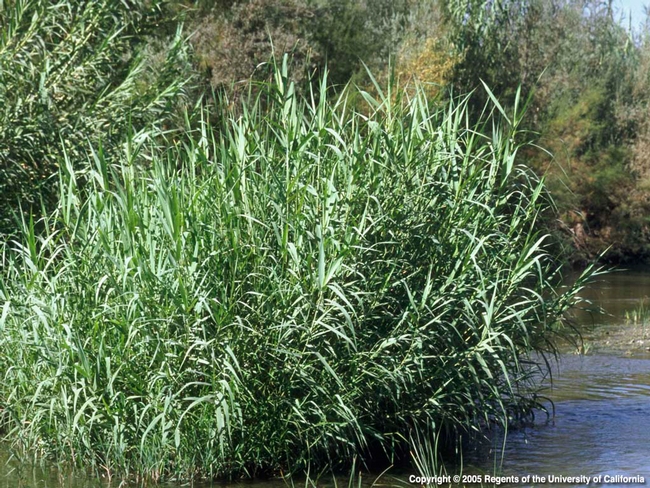
About 1,500 non-native plant species are currently established in California, mostly in wildlands. Almost two thirds were intentionally introduced as ornamentals from the nursery industry, or for the purposes of soil stabilization, animal forage, human food, fiber or medicinal plants.
Invasive plants originally introduced as desirable ornamentals include pampasgrass, big periwinkle, and water hyacinth. Dyer's woad was once a valuable dye plant but now threatens rangeland in Northern California and other parts of the western United States. Many characteristics that make a plant successful as a landscape ornamental, such as ease of propagation and rapid growth, can also lead to invasiveness.
Impacts from invasive weeds include ecological damage and economic costs. From an ecological aspect, invasive plants can lead to reduction in biodiversity, threats to endangered species habitat, increased wildfire and flood danger, and change in soil fertility or salinity. Economic impacts from invasive plants include blocked waterways, as seen from Arundo donax (Giant reed) and other aquatic weeds, decline in livestock forage quality and quantity, and lowered land value.
Learn how you can help reduce the introduction of invasive plants into landscapes. Read the recently revised UC IPM Pest Notes: Invasive Plants by Joe DiTomaso and Cheryl Wilen, and Pest Notes: Woody Weed Invaders by Joe DiTomaso and Guy Kyser. The Pest Notes: Dyer's Woad by James Stapleton and Steve Orloff, published in early August, details this new invasive weed.
Attached Images:
